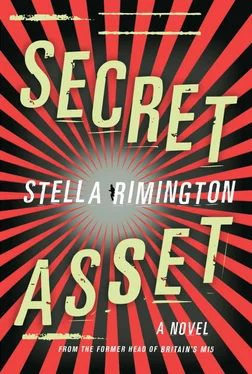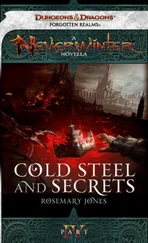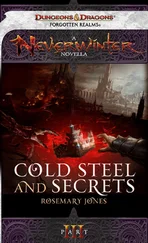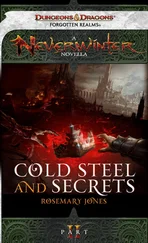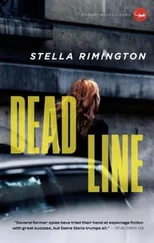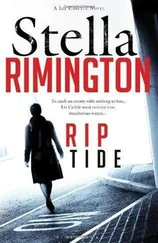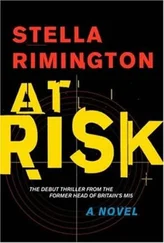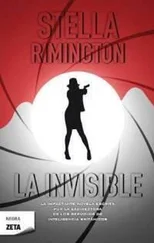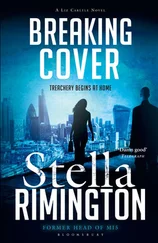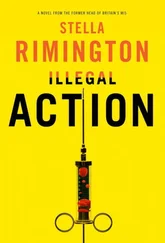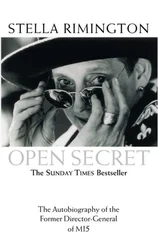“You can’t be serious,” Kate said incredulously. Even under the umbrella of Irish nationalism, James Maguire and Sean Keaney had at best coexisted edgily, their mutual antipathy held in check only by their devotion to the cause.
“I thought it was morphine talk, but he’s asked twice now. I didn’t know what to say. We can’t turn down a request from our dying father, now can we?”
Her sister looked at her grimly. “I’ll go upstairs and have a word. He must be confused.” But when she came down again, her face was sterner still. “He absolutely insists. I asked why he wanted to see Maguire, and he said, ‘Never you mind. Just get him here for me.’”
And later that day, about an hour before the Keaneys had their tea, there was a knock on the door. A tall, lean man came into the house, and although he was much the same age as the dying man upstairs, there was nothing frail about him. He displayed none of the modesty shown by the other former associates of Sean Keaney, nor did he shake hands with any members of the family. When Kate took him upstairs, she later told Maddie, she found their father asleep—perhaps the bizarre meeting with a long-time enemy would not take place after all. But as she turned back to the visitor, the man said evenly, “Hello, Keaney.”
“Come in, Maguire,” the weaker voice commanded, and Kate saw that her father’s eyes had opened. He raised a bony hand to dismiss her, which he had not done with his other visitors.
Downstairs Maddie waited in the front parlour with her mother and sister, torn between curiosity and disbelief as the clock ticked and they could hear the low bass murmur of the voices upstairs for five, then ten, then fifteen minutes. Finally after half an hour they heard the bedroom door open, footsteps come down the staircase, and, without stopping for even the curtest farewell, Maguire walked out of the house.
Afterwards, Maddie found her father so exhausted that she could not bring herself to ask about the visitor, and left him to sleep. Her sister, less patiently, waited only until after tea to go upstairs, determined to discover the reason for her father’s summoning Maguire. Yet she returned downstairs both dissatisfied and distraught. For sometime during tea their father, Sean Keaney, had died in his sleep.
Charles Wetherby, Director of Counter-Terrorism, had been in the office since seven-thirty. Liz had briefed him by phone about her meetings with Marzipan the previous evening, as soon as he had got home from his dinner with Geoffrey Fane of MI6. Wetherby had called a 9:00 a.m. emergency meeting of the Counter-Terrorist Committee, the joint committee of MI5, MI6, GCHQ, the Metropolitan Police and the Home Office. It had been set up immediately after the Twin Towers atrocity of 11 September 2001 at the Prime Minister’s insistence, to ensure that all government agencies and departments involved in countering the terrorist threat to the UK should cooperate without any inter-service rivalries impeding the national effort. The CTC had accepted that on the information available, there was a possible threat of an extreme kind, which needed urgent follow-up. It had agreed that MI5 should move forward to investigate Marzipan’s information, using joint resources as necessary and keeping everyone informed.
Now at eleven o’clock Wetherby was chairing an operations meeting of the MI5 sections involved. The operations briefing room was in the centre of Thames House. It overlooked the internal atrium but had no windows to the outside world. It was spacious with several rows of chairs around a long table and at one end a screen and other technical equipment. Despite its size the room was crowded and Liz found herself squashed between Judith Spratt and Reggie Purvis, the dour Yorkshire-man who headed A4, the surveillance section whose teams had been out providing counter-surveillance for Liz and Marzipan the night before.
Also present was a small army of tough-looking characters in shirt sleeves, mostly ex-military. These were members of A2, the section responsible for “bugging and burgling”—installing covert listening devices and cameras—nowadays done strictly under warrant. Liz knew them to be experts in the skills required for their risky, nerve stretching business. Filling the remaining seats were colleagues of Judith Spratt from Counter-Terrorist Investigations, “Technical Ted” Poyser, the chief consultant on all computer matters, Patrick Dobson from the Director General’s office, responsible for liaison with the Home Office, and Dave Armstrong, just back from Leeds. Even at a distance Liz could see that he needed a shave, a clean shirt and a good night’s sleep.
Liz knew and liked most of her colleagues, even Reggie Purvis who, taciturn and stubborn as he might be, was expert at his job. The sole exception arrived late for the meeting and sat down with a thud in the one remaining seat. Michael Binding had returned the year before from a longer than usual posting in Northern Ireland and was now head of A2, the bugger and burglar in chief. Binding treated all his female colleagues with an infuriating mix of gallantry and condescension that Liz could deal with only by the most iron self-control.
For this morning at least, Liz and Marzipan’s video were the star turn. Much of the content of the video had been seen at one time or another by most members of her audience, in excerpts on television or on extremist Web sites on the Internet. What shocked, as the video played, was the sheer malevolent concentration on brutal image, the persistence of the message, penetrating all barriers of language and culture, that it is the duty of some to hate and destroy others, for reasons beyond the control of either side.
In all the clutter of blood and violence, the knives drawn across throats, the cries, the fear, the explosions and the dust, nothing in the video was more sinister, more coldly cruel than the image of a man in a white robe with a black beard, seated on a mat, his voice rising and falling like a siren, as he spoke in a language few in the room could understand. His message of hatred, didactic, unwavering, was only too clear. From the fact that his image recurred between the different scenes of violence, it was evident that his message was intended to illustrate different points of doctrine or method—all to the same end, death. Finally, with a prolonged flickering the video stopped.
Wetherby ended the stunned silence. “The man in the white robe is the Imam whom our agent Marzipan saw yesterday in a bookshop in Haringey. We’ll have a full transcription in an hour or so, but the gist of what he was saying seemed clear enough. Judith?”
Judith had been briefed by one of the transcribers who listened in on intercepted conversations in Urdu. She glanced at her notes.
“He was issuing a call to arms—all true followers to take up the sword and so forth—the Satan America—her evil allies—death should be embraced by those who fight and they will be blessed in another world. That was the concluding sentence. But the interesting thing is that it wasn’t just the usual diatribe. The way it was arranged was as a kind of lesson, I thought, with the points being illustrated by the different scenes of violence. A sort of argument, almost.”
“A kind of training video, you mean?” asked Dave Armstrong.
“Yes. Something like that. Not just a sermon anyway.”
“That would chime with Marzipan’s account,” Liz commented.
“As would the fact that there was an audience of three,” said Judith. “That’s an ideal team number. It’s the number for maximum security and where each team member can watch the others simultaneously.”
“What were the video clips?” someone asked.
Wetherby answered: “The throat-cutting scene was certainly the murder of Daniel Pearl, the American reporter. The others could have been anywhere, most likely in Iraq. The text will probably help, if we need to know.”
Читать дальше
